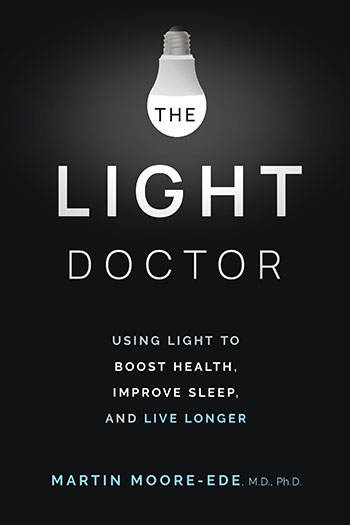Two Year Study Highlights Benefits of Circadian Lighting
A major trial in four nursing homes, with a total 758 residents, by researchers from Harvard Medical School, shows that installing circadian lighting substantially decreased the number of falls by elderly residents. Over a two-year study period, two of the nursing homes served as a control by keeping their conventional fluorescent lighting unchanged. The other two nursing homes, after one control year, had their common areas and resident bedrooms equipped with circadian lighting that provided blue-enriched white light from 6 AM to 6 PM and blue-depleted white light from 6 PM to 6AM.
In the two nursing homes with circadian lighting, the number of falls was reduced from 297 to 173 per year, but the number of falls was unchanged in the two nursing homes that retained the conventional static lighting. In this large study of 126,479 resident days, with an elderly population average age of 81, 31% of whom had dementia, this translates as 4.82 falls/1000 resident days with circadian lighting vs. 8.44 falls/1000 resident days with conventional static electric lighting. The results remained significant after adjusting for age, sex and dementia.
Falls are the leading cause of injury-related death in adults aged 65 years and over in the United States, so this is a huge benefit. A reduction of 126 elderly falls during study period is a highly significant benefit, both for the well-being of the residents, and for the economics of running, and not having to recruit new residents. for a nursing home.
The study was authored by Dr. Leilah K. Grant and her colleagues at Harvard and was published in the Journal of American Medical Directors Assoc.

